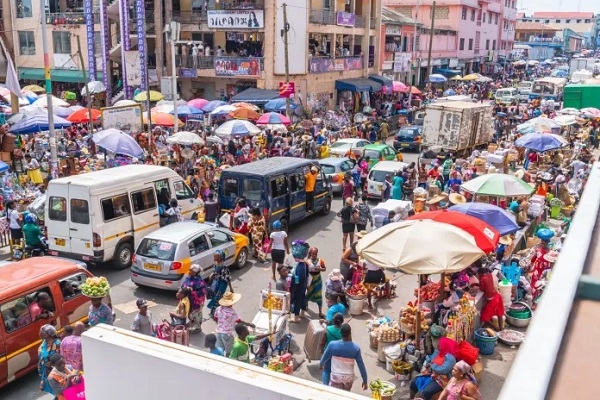Here's How CBP Implements Advanced Technologies and Mobile Solutions to Expedite Summer 2025 International Arrivals During FIFA Events, All You Need To Know - Travel And Tour World
Saturday, May 24, 2025

As summer approaches and the United States prepares to welcome an influx of international visitors, U.S. Customs and Border Protection (CBP) is enhancing its capabilities with cutting-edge technology to streamline and accelerate the entry process for travelers. This upgrade comes at a crucial time, with high-profile events such as the FIFA Club World Cup 2025 and the upcoming FIFA World Cup 2026 set to attract millions of visitors, increasing demand at U.S. ports of entry.
In fiscal year 2024, CBP processed over 420 million travelers, marking a 6.6% increase from the previous year. To accommodate the growing volume expected in 2025 and beyond, the agency is investing in modernizing airport infrastructure and deploying innovative technologies that enhance efficiency and improve risk management.
One of the key advancements is the Enhanced Passenger Processing (EPP) system. EPP uses automated photo capture and biometric verification before travelers reach CBP officers, enabling a faster and more accurate customs assessment. By confirming identity and eligibility early, EPP reduces wait times and allows officers to focus on higher-risk individuals. This technology is now in use at major airports across the U.S., including Orlando, Dallas/Fort Worth, Denver, Charlotte, Seattle, Chicago O’Hare, Los Angeles, Atlanta, and international points like Dublin and the Cross Border Xpress in San Diego.
CBP also offers several Trusted Traveler Programs (TTP), such as Global Entry and Nexus, which expedite clearance for pre-approved, low-risk travelers. To further improve the experience, Seamless Border Entry (SBE) integrates these programs with “On the Move” technology, permitting members to proceed through inspection with minimal officer interaction when authorized. SBE is currently available at select airports like Los Angeles, Miami, Washington Dulles, Chicago O’Hare, Newark, Houston’s George Bush Intercontinental, and Toronto Pearson International Airport.
To make travel smoother, CBP provides free mobile applications that assist passengers in expediting their entry. The Global Entry mobile app allows users to complete entry processing on their phones before even leaving the plane. Available at 78 locations nationwide, this app has been downloaded over two million times. Conditionally approved applicants can use the app and finalize their interviews upon arrival in the U.S., avoiding the need for a prior appointment.
For travelers entering from Canada, the Nexus program offers fast clearance at multiple land borders and Canadian airports for both U.S. and Canadian citizens or permanent residents. With over 2.2 million members, Nexus significantly shortens wait times for frequent cross-border travelers.
Travelers who are not part of a Trusted Traveler Program can use the Mobile Passport Control (MPC) app, which enables U.S. citizens, lawful permanent residents, some Canadian citizens, and Visa Waiver Program visitors to securely submit their passport and travel details in advance. MPC is accepted at 53 U.S. ports of entry, including several preclearance and seaport locations.
Non-U.S. citizens eligible under the Visa Waiver Program can apply for their Electronic System for Travel Authorization (ESTA) via mobile devices or online, simplifying the visa approval process and improving accessibility.
Despite these technological advances aimed at facilitating travel, CBP maintains strict enforcement of immigration laws. All travelers must present valid documentation, undergo background checks, and comply with inspection procedures upon arrival. Visa holders are reminded that entry is a privilege subject to legal terms and conditions, with violations potentially resulting in detention or removal.
The FIFA Club World Cup 2025, a new global tournament hosted in the U.S., along with the FIFA World Cup 2026, are anticipated to bring a substantial rise in international visitors. These events are expected to place additional pressure on U.S. ports of entry.
In response, CBP is advancing its modernization efforts with new technology and mobile solutions to manage these surges effectively, ensuring national security remains uncompromised while maintaining a smooth flow of legitimate travelers.
By incorporating biometric screening, trusted traveler frameworks, and intuitive mobile platforms, CBP aims to convert airport entry into a more seamless, touchless process. These upgrades minimize waiting times, sharpen risk detection capabilities, and improve overall passenger convenience.
Travelers are encouraged to use CBP’s digital resources ahead of their arrival to facilitate faster processing and a more pleasant entry experience into the United States.









